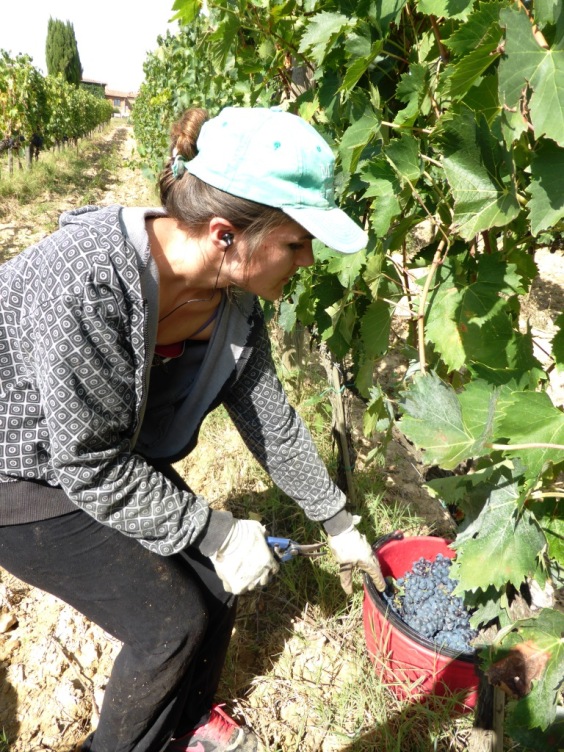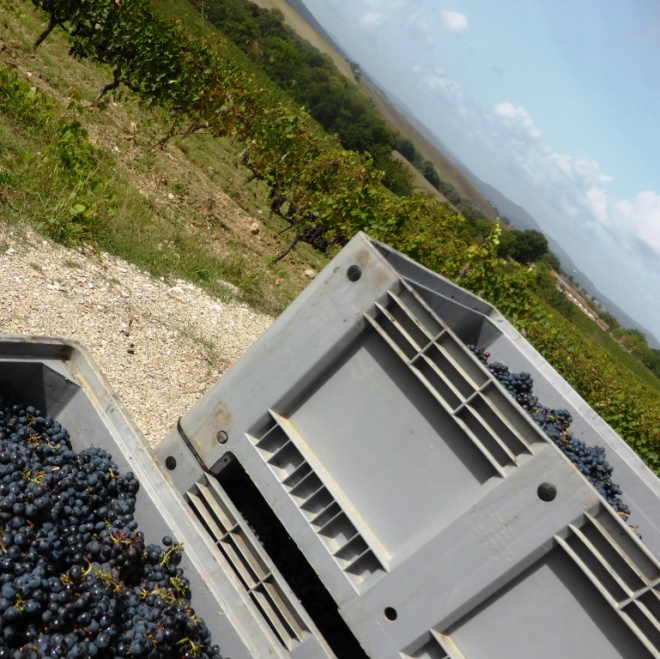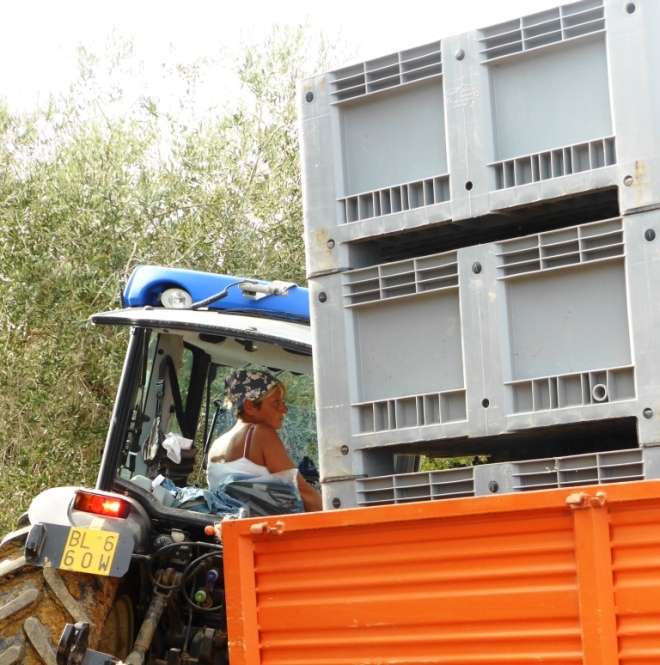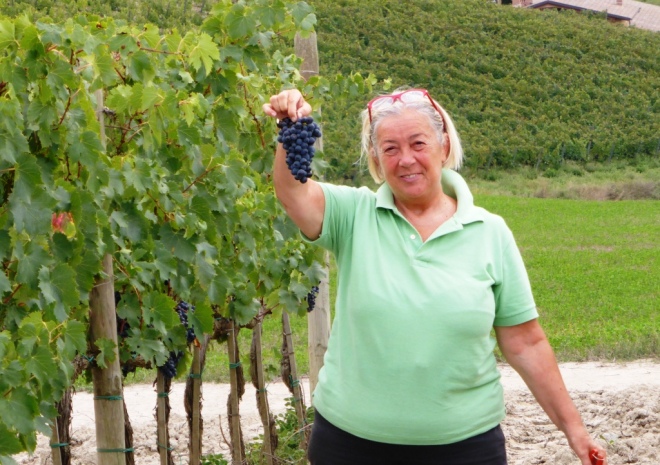Mirabella has established itself as one of the most important and prestigious producers of Franciacorta in Lombardy, Italy
Quality and intuition, tradition, passion and entrepreneurial spirit, are some of the features which distinguish the Mirabella winery of Rodengo Saiano.
Now, with a productive reality of 450,000 bottles each year the farm cultivates more then 50 hectares of vineyards, 40 among them inserted on the register of D.O.C.G. of Franciacorta..
The Franciacorta was the first Italian wine produced exclusively by the method of second fermentation in the bottle (classic method), to be awarded in 1995 the Denomination of Origin Controlled and Guaranteed. Today on the label reads only the name Franciacorta, the only term that defines the territory, the method of production and wine. In Europe, only three are made with the second fermentation in the bottle: Cava, Champagne and Franciacorta.
After 30 years of passionate work and dedication, Mirabella has been able to boast a collection of both national and international industry awards.
At least 55 of these prestigious prizes have been won for outstanding quality.
The care and knowledge of the vineyards are allowing MIRABELLA to obtain grapes always in the best health possible, these conditions, together with the use of nitrogen in different stages of winemaking, make the chemical intervention on the Franciacorta DOCG (in particular sulphites) is in steady decline for 10 years now (legal limit 200 mg / liter of total sulfite, Franciacorta DOCG MIRABELLA average level of 40-50 mg / liter) and the use of other potential allergens (milk and eggs) completely eliminated.
The ultimate goal of this "philosophy" has led the company, in collaboration with UNIVERSITY 'of VICOLTURA and WINE to Milan, to create by 2010 a vintage Franciacorta DOCG free of allergens including sulfur dioxide, (9 mg / liter of total sulfite duced by yeast fermentation, the declaration limit is set at 10 mg / liter)
To date, the Consortium has 105 member wineries and a total of 3,150 hectares of vineyards of which amounted to 2,800 for the production of Franciacorta DOCG.

There are three principle grapes used in Franciacorta of which Chardonnay is by far the most prominent. Chardonnay has been grown in Franciacorta for some decades now, although it is difficult to pin down the exact date of the introduction of this eminently noble white grape variety. Some producers, who recognised its potential and the qualities of its wine, were likely utilising it already in the early 1950s. It certainly began to be widely planted in Franciacorta around 1950, appearing in vineyards right alongside pinot bianco. This promiscuous planting led to confusion between the two grape varieties, since no one was much concerned with maintaining a clear distinction between the two. But even in those early years, when the nursery operators obtained genetic material for propagating budwood for planting, they were always looking for vines with the best growth characteristics, which meant crop consistency, good cluster formation, high sugar levels, and a golden colour in the skin. That turned out to mean chardonnay. Only in 1963 was a clear distinction drawn between the two varieties, when under the auspices of the Istituto Agrario in San Michele all’Adige, a vineyard was planted 100% to chardonnay, from vines imported from France. That enabled differences between the two grapes to be finally drawn quite clearly. And that process highlighted the superior qualities of chardonnay, which resulted from the grape’s successful adaption to conditions in Franciacorta, where it found a habitat very similar to its original homeland. In 1978, chardonnay was officially listed in the national catalogue of grape varieties, and in 1980 it became authorised and recommended by the province of Brescia. Chardonnay vineyards currently occupy over 2,000 officially-enrolled hectares in Franciacorta, some 80% of its total area.
The chardonnay vine displays average vigour, and has a light green leaf and a distinctive cluster that is greenish in colour tending to yellow, with average compactness; the grapes have hardy, thick skins. Chardonnay is particularly subject to the Flavescenza dorata disease, which over the last few years has devastated numerous vineyards.
Chardonnay has pride of place in the base wines for Franciacorta DOCG, but has a much smaller role in the Curtefranca Bianco still wine. Wines from chardonnay display appreciable weight, a bouquet that is intense, fragrant, and complex, with varietal aromas of fruit and flowers, and it exhibits full body and an appealing crispness.
Pinot Nero is the second most-widely planted grape in Franciacorta, occupying some 15% of the total area. Originating in Burgundy, the variety can behave in quite different ways, and at times can react quite unpredictably to its environment. It is capable of impressive results as a red wine and as a sparkling wine.
The pinot noir vine is fairly hardy and robust. The dark green leaves are normally 5-lobed, and the cone-shaped cluster very compact and rather small in size. Pinot noir is utilised above all in Franciacorta Millesimato and in Riserva DOCG, since it provides added body and longevity to these wines. It is also crucial for the cuvées of Franciacorta Rosé, which must contain a minimum of 25% pinot noir.
Pinot bianco is the third variety utilised in Franciacorta. Of French origin, it belongs to the extensive pinot family of grapes, and its vineyards now occupy about 5% of Franciacorta’s total area.
The Pinot bianco vine is quite vigorous; it exhibits a deep green leaf, and its clusters tends to appear less golden and more loosely structured than that of chardonnay. Pinot bianco is not used 100% in the base wines for Franciacorta nor in the Curtefranca Bianco still wines; it may constitute up to 50% of the blends for these wines. The wine from this grape is full-bodied and elegant, with a generous acidity, while its bouquet offers impressions of just-baked bread. Some ageing will bring rich notes of bitter almond.
The cellars of Mirabella
The franciacorta of Mirabella on display









